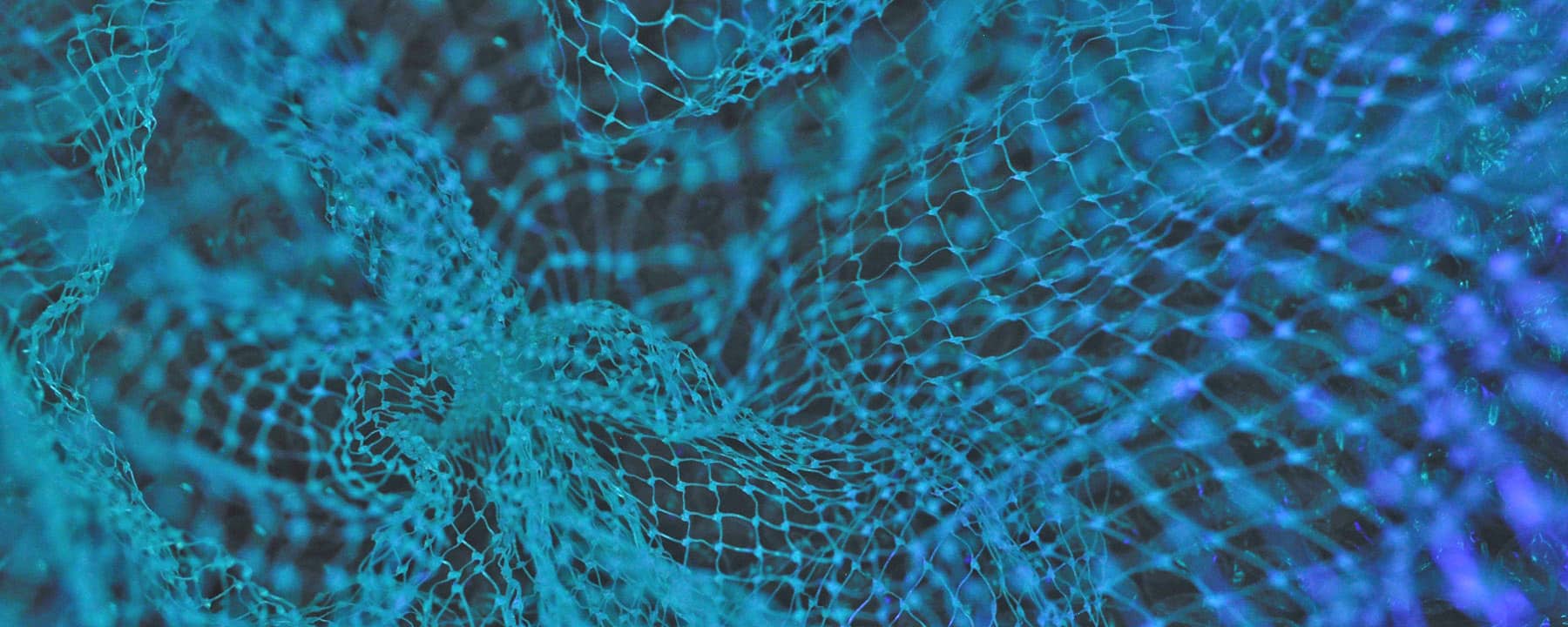A product information management system is a central platform that enables companies to collect, manage, maintain and distribute all product information in one place. This may involve, for example:
-
- Part numbers
- Product descriptions
- Product images
- Technical specifications
- Price information
- Stock data
- Logistics data
PIM systems sometimes require complex relational data structures, since products are often related to other products. Think, for example, of accessory or spare parts.
Other typical features of a PIM system are:
-
- Attribute and variant management (for different colors, sizes, materials, etc.)
- Hierarchical product classification (according to industry standard and / or own criteria)
- Workflow integration (participation of different departments in product data maintenance)
- Multi-language and multi-channel support
- Historical data and versioning
In short, a PIM system helps to provide consistent, up-to-date and high-quality information across different sales channels. For this reason, PIM systems are also often connected to other databases and business systems via an application programming interface (API), e.g., to the enterprise resource planning (ERP) system, customer relationship management (CRM), or to a DAM system, which we will discuss in detail later.

 https://www.teamnext.de/wp-content/uploads/2023/08/die-6-wichtigsten-videoformate.jpg
720
1800
Björn Buxbaum-Conradi
https://www.teamnext.de/wp-content/uploads/2022/03/teamnext-mediahub-logo-bunt.svg
Björn Buxbaum-Conradi2023-08-22 16:59:252024-01-29 16:54:33The 7 most important video formats – basic knowledge for video marketing
https://www.teamnext.de/wp-content/uploads/2023/08/die-6-wichtigsten-videoformate.jpg
720
1800
Björn Buxbaum-Conradi
https://www.teamnext.de/wp-content/uploads/2022/03/teamnext-mediahub-logo-bunt.svg
Björn Buxbaum-Conradi2023-08-22 16:59:252024-01-29 16:54:33The 7 most important video formats – basic knowledge for video marketing
 Public Domain (https://pxhere.com/en/photo/71859)
Public Domain (https://pxhere.com/en/photo/71859)